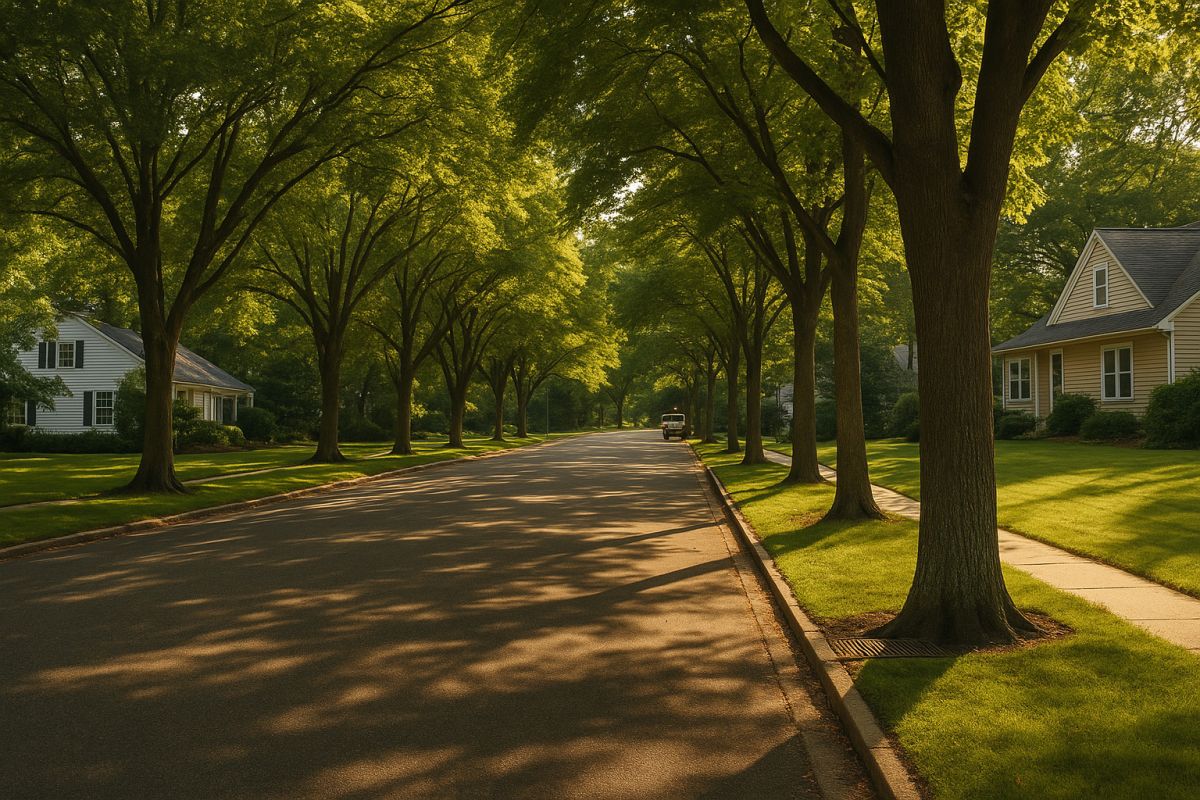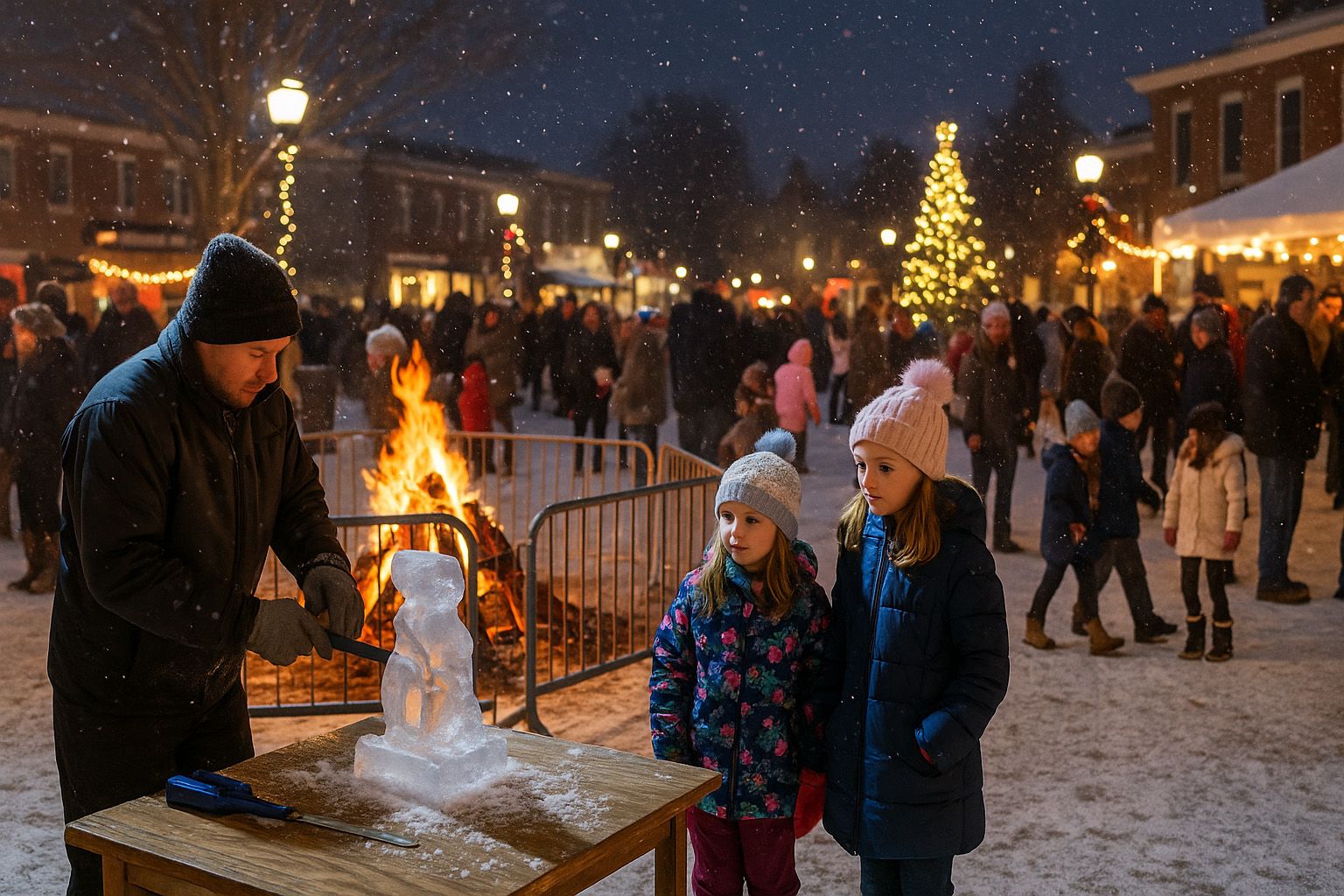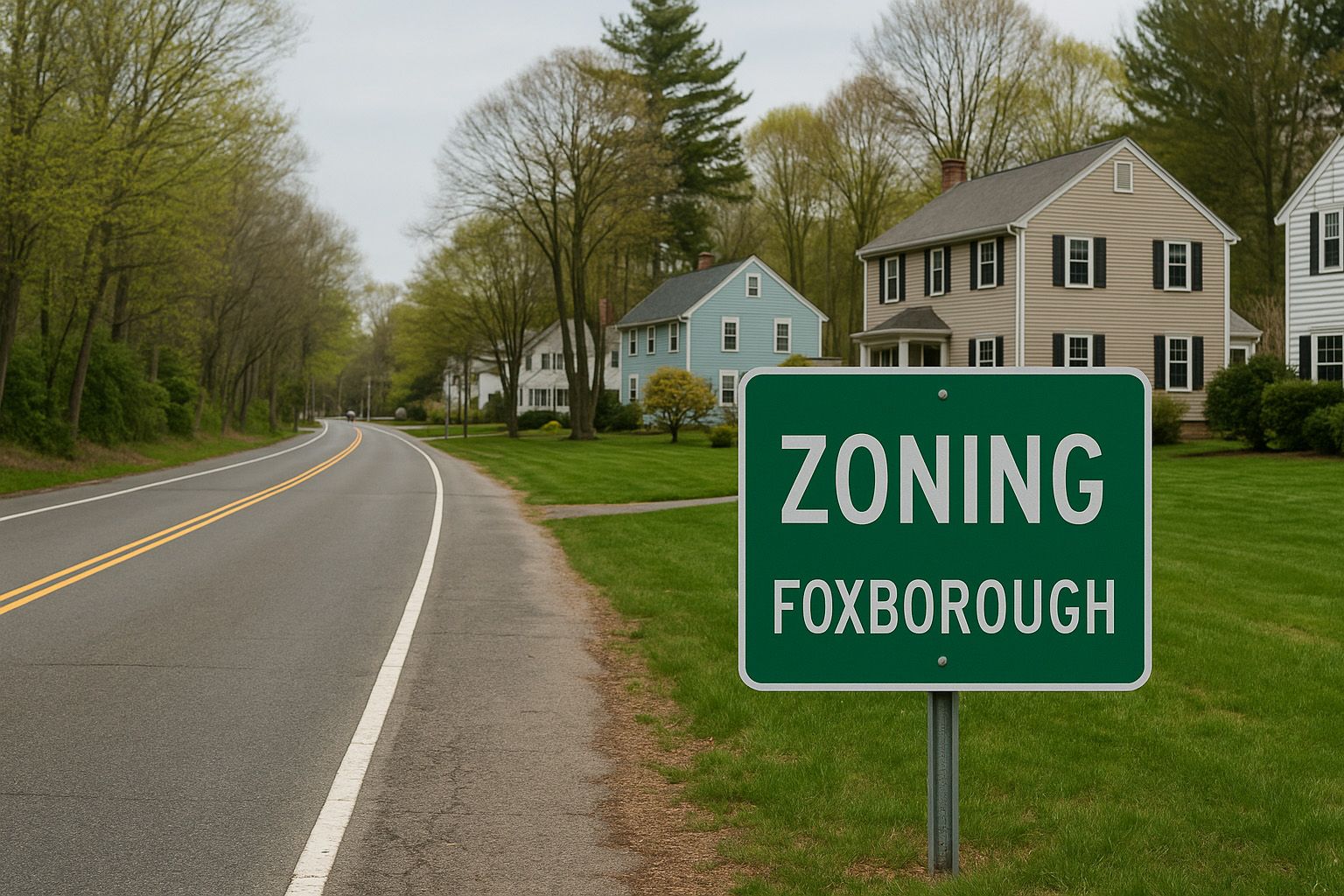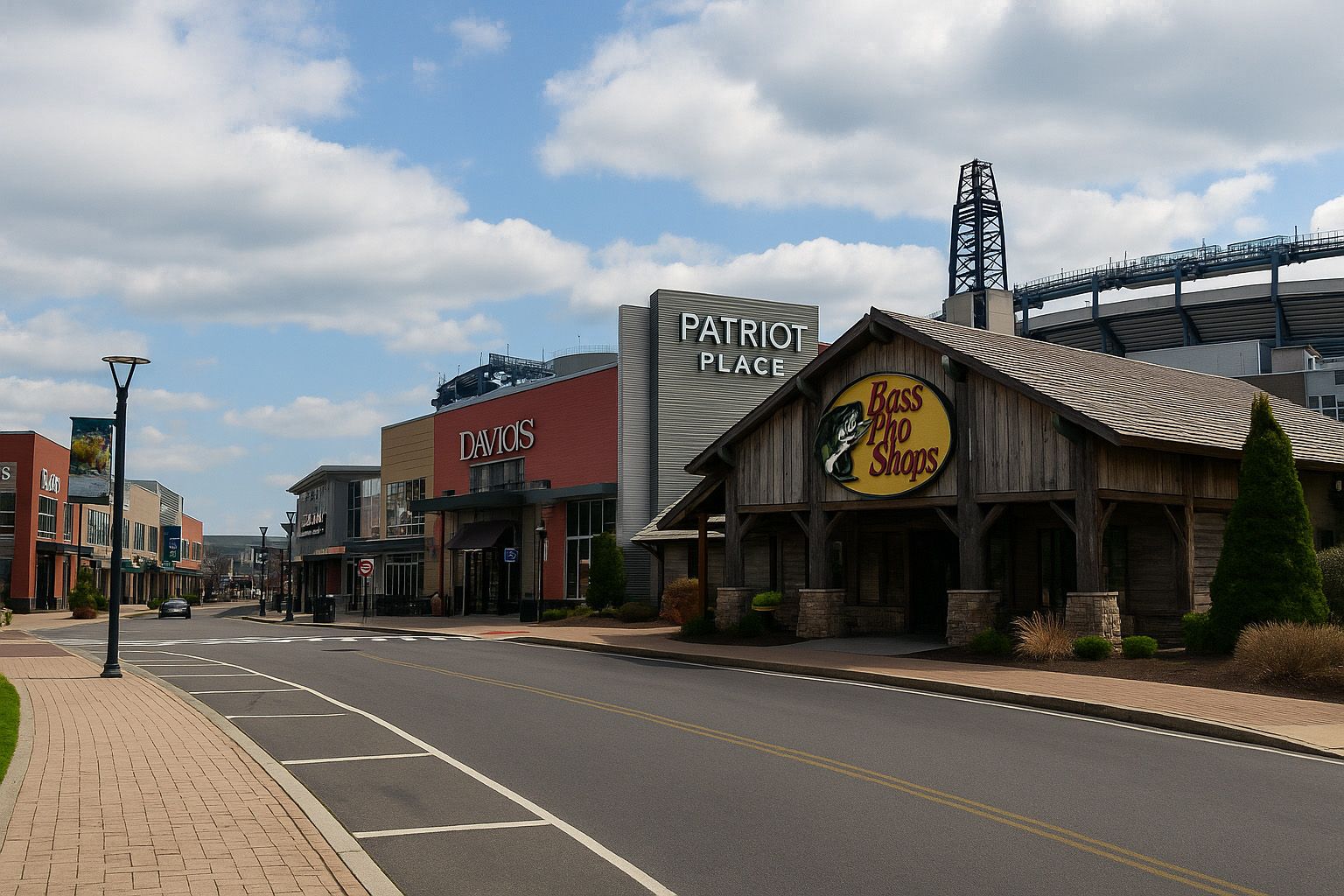The Fight to Preserve Foxborough’s Tree Canopy

In recent years, many Foxborough residents have grown increasingly concerned about the disappearance of mature trees and shrinking green spaces. Trees that once shaded sidewalks, filtered summer heat, and gave the town its character are under pressure from new development, road widening plans, and aging health of old trees. For many, losing those trees means more than losing beauty—it threatens air quality, increases urban heat, and erodes an important piece of Foxborough’s identity.
The pressure comes from several directions. Builders and developers argue that new housing, commercial expansion, and infrastructure upgrades require cutting trees, removing forest patches, or grading lots in ways that damage root systems. Meanwhile, individual homeowners sometimes see old trees as liabilities—storms, falling branches, or maintenance costs prompt removal. In some neighborhoods, unchecked clearing has already reduced the amount of shade on streets, leaving properties hotter in summer and stormwater runoff more turbulent.
Residents have pushed back. At zoning hearings, tree removal applications now attract more public comments. Local conservation groups have begun mapping the existing canopy, cataloguing older trees, and advocating for protective ordinances or by‑laws that limit removal of large trees without replacement. Some neighborhoods have formed informal “tree stewards” to plant saplings in vacant lots or along rights of way, especially in areas that already have fewer mature trees or that get the most sun and heat during summer afternoons.
Town officials are listening. Foxborough’s Public Works, Conservation Commission, and Planning Board have discussed enhancing tree protection in regulations. Possible steps include requiring tree replacement when removals happen, implementing stricter permitting for large trees, expanding preservation of mature canopy in development review, and setting minimum tree cover thresholds for new subdivisions. Some proposals call for dedicated funding for tree planting, maintenance, and pruning to ensure younger trees survive.
Looking ahead, preserving the tree canopy in Foxborough will require cooperation among residents, developers, and town government. Engagement through public meetings, advisory commission work, and neighborhood advocacy will be essential. Longer term, climate models predict hotter summers and more frequent storms—meaning that the benefits trees provide (cooling shade, flood absorption, air purification) will only grow in importance. Protecting Foxborough’s canopy now is not just about aesthetics—it’s about quality of life, public health, and preserving the natural character of the town.







